A new Detroit bus terminal focusses on nostalgia with the adaptive reuse of one of the remaining structures of the now defunct Michigan State fairgrounds site, located along the city-suburban dividing line of 8 Mile Road.
The $31.5 million refit, underway for several months, has a completion date of April next year. Work is being carried out by southwestern Detroit’s Ideal Contracting, a minority-owned firm with a pedigree from smaller community projects to larger industrial ones.
The adaptive reuse will see the 52,000-square-foot former Dairy Cattle Barn, an exhibition center, transformed into an indoor transit hub featuring 10 bus bays for Detroit and suburban lines (the city has two systems), along with a ticket office, waiting areas and potentially retail and restaurants.
But the idea of a new transit hub at the corner of 8 Mile and Woodward Avenue, Detroit’s main north-south street, never envisioned such a site repurposing. Rather, a smaller more contemporary looking building was envisioned.
That changed after the city and the Detroit Department of Transportation (DDOT), which runs city buses, consulted the public.
There was pushback indeed, with community meetings demonstrating residents wanted to preserve some of the few structures that remain of the once 142-acre state fair site, much of which is being redeveloped as an Amazon warehouse and the rest for industrial suppliers.
“Obviously a lot of Detroiters and people in the surrounding community remember going to the state fairgrounds…really fond memories,” Tyrone Clifton, Detroit’s building department director said. “So really and truly the community wanted some form of adaptive reuse (so as not) to lose all of our culture.”
But with nostalgia comes increased costs to the tune of $13 million, all being footed by the City of Detroit.
Work has been underway for several months with interior gutting of what is largely a building of structural steel roof and pillars along with block walls. Large windows are being punched out and interior spaces for bus bays, retail, restaurants, restrooms, a ticket office, and seated waiting areas, created. Former state fair memorabilia will also be exhibited.
But that’s not all. An historic arch for the adjoining Hertel Coliseum, an equestrian track, will be preserved as a gateway to the terminal’s campus, which will also include a staff parking lot, small park and drop off zone.
Meanwhile construction crews continue to evaluate the barn for structural issues and make sure the rehab is up to code.
“We’ll reconfigure as necessary,” Clifton said. “Any windows that we will put in will be new. We’ll have to ensure that the envelope of the building is solid and secure, new mechanical and electrical, all new plumbing that will run through the site including connecting to the sewers, it will be regraded and repaved, because it obviously wasn’t built for or didn’t have the traffic of bus vehicles driving through it. So, all of that will be new…new curbs, sidewalks, concrete. It’s a pretty extensive project.”
The facility marks the end of the line for some buses that terminate downtown at the Rosa Parks Transit Terminal, a contemporary tent-like structure and half the size, which opened in 2009.
“It’s exciting, it’s very unique. I think it’s very special for what we’re trying to do for the ridership,” Clifton said.
The city expects the terminal to double ridership at the hub in part due to easier access for the public and buses, including to newer retail in the area.


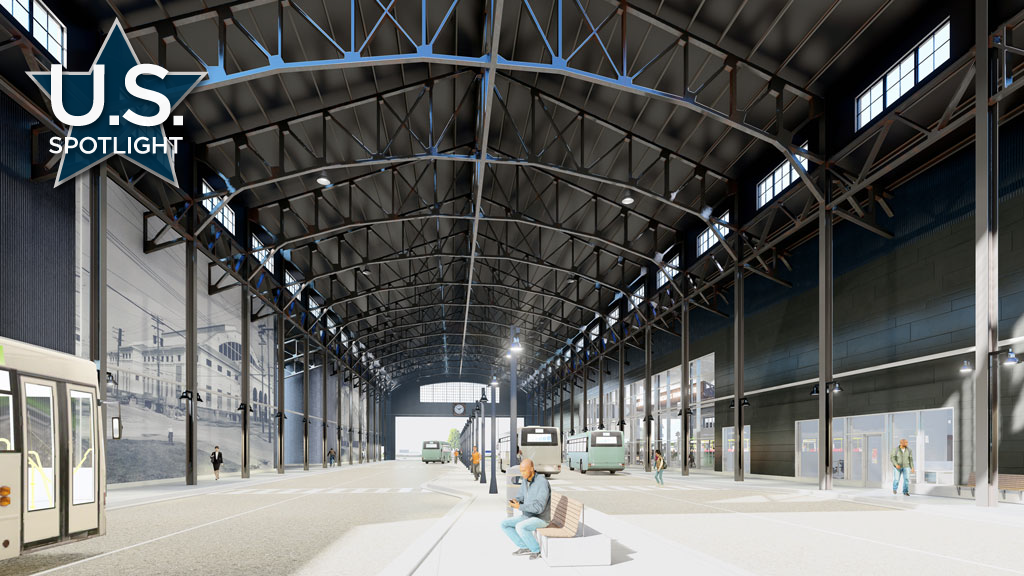
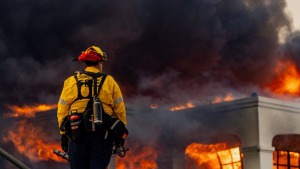
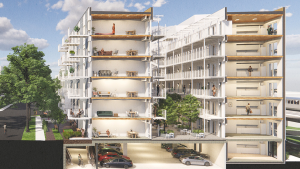

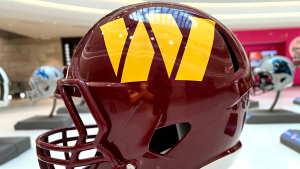
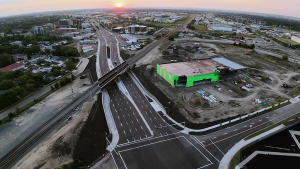
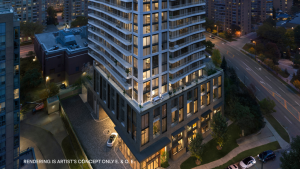
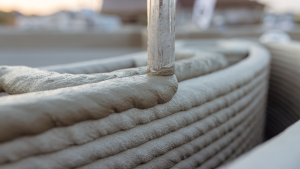
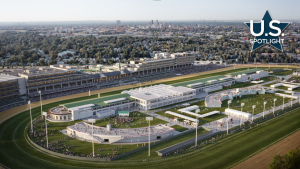
Recent Comments
comments for this post are closed